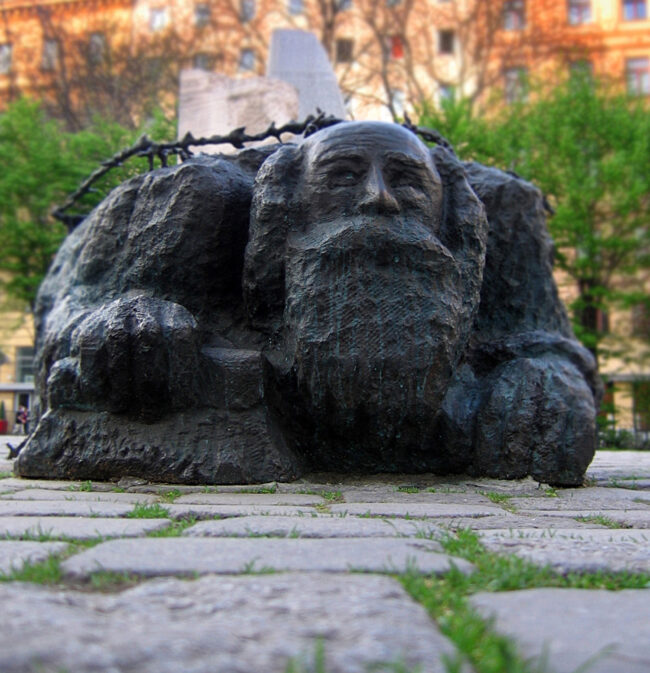Global Response to the Holocaust Part I – The Ring of Fire: Austria, Germany, Hungary, and the Soviet Union
The Part One of this Holocaust remembrance lecture series focuses on Central Europe-ground zero of the Holocaust.
Our story surrounds the Holocaust victims’ destiny in Vienna. It was determined by three factors: the degree of control the Nazis had in the region, the history of Jews there, and the actions of the locals. The latter is where the Viennese truly excelled: their inventiveness and viciousness surprised even the Germans and quickly turned the city of Mahler and Freud into the city of “Hitler’s willing executioners.” We will continue to Austria’s official position post-war as the very first victim of the Nazi’s aggression, to today’s Jewish community of “un-touristy” Vienna: by crossing the river to Leopoldstadt and following the Path of Remembrance to see the Holocaust victims’ culture and suffering recognized.
Berlin, Germany
We contrast Austria’s half-hearted efforts in reconciling its historic accounts with Germany’s “journey of consciousness ” into the painful past. In Berlin, we stop at the Memorial to the Murdered Jews of Europe near Reichstag where hundreds of black concrete slabs of varying in height create the uneasy, troubling experience of walking through a surreal necropolis that lost its touch with humanity. At Daniel Libeskind’s Jewish Museum, architecture reflects the “topography of terror” and tells the harrowing story of the Holocaust. We conclude our German tour by discussing the Stolpersteine initiative that began in Germany and is spreading throughout Europe.
Our next stop is Hungary, where we start in Budapest near the deeply emotional monument called Shoes by the Danube: sixty pairs of rusted period shoes cast out of iron, are copies of the shoes that belonged to children, women, and men – all slaughtered by the Hungarian Arrow Cross militia. Next, we go to the Jewish quarter where the Hungarian police barked their orders echoed throughout that small Jewish ghetto. While Hungary has culpability in the Holocaust in the years since the Cold War, the country is shifting from acknowledging that complicity to portraying itself, just like Austria did, as a helpless victim of the Nazi occupation.
The Former Soviet Union
Our last stop is the Former Soviet Union, where we visit Minsk, Belarus. Until the breakup of the Soviet Union, the government never recognized what happened during World War II to the European Jewry in general and to their own Jewish citizens in particular: the Soviet government never used the word “Jewish” but instead used the vague phrase “Soviet patriotic citizens”. We will visit the site where, in 1947, a modest obelisk was erected near the place where thousands of Minsk Jews were massacred in the Minsk ghetto. It was also the site where, in 2000, a sculptured group was added to the old obelisk. The entire complex is now called The Pit (“Yama” in Russian), placed at the site where Minsk Jews were killed. We discuss how this memorial is one of the best visual expressions of many families’ Holocaust narratives.
Presented by internationally published author and popular lecturer, Irene Shaland, the author of The Dao of Being Jewish and Other Stories available in paperback, large print and eBook formats at Amazon.


